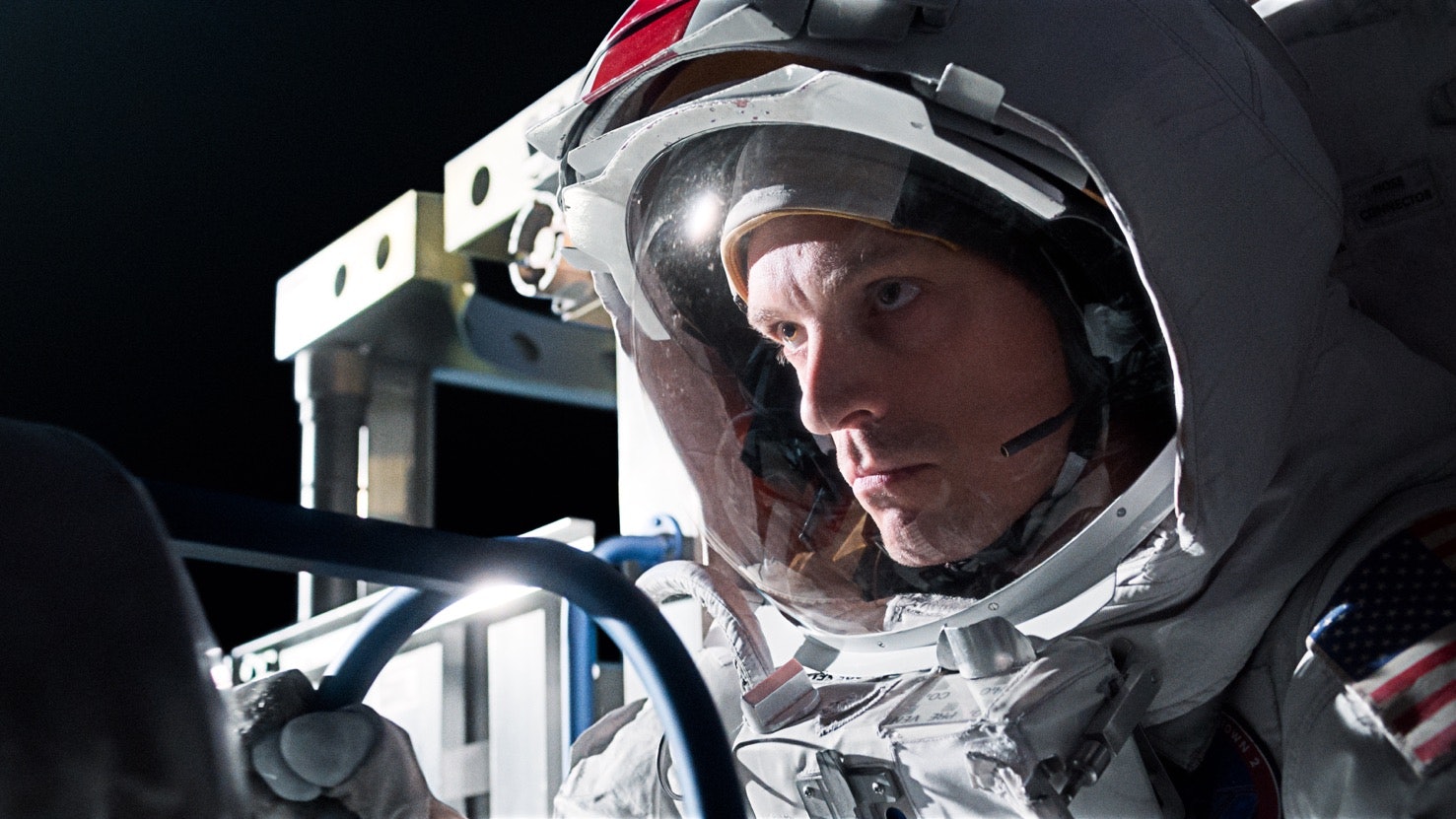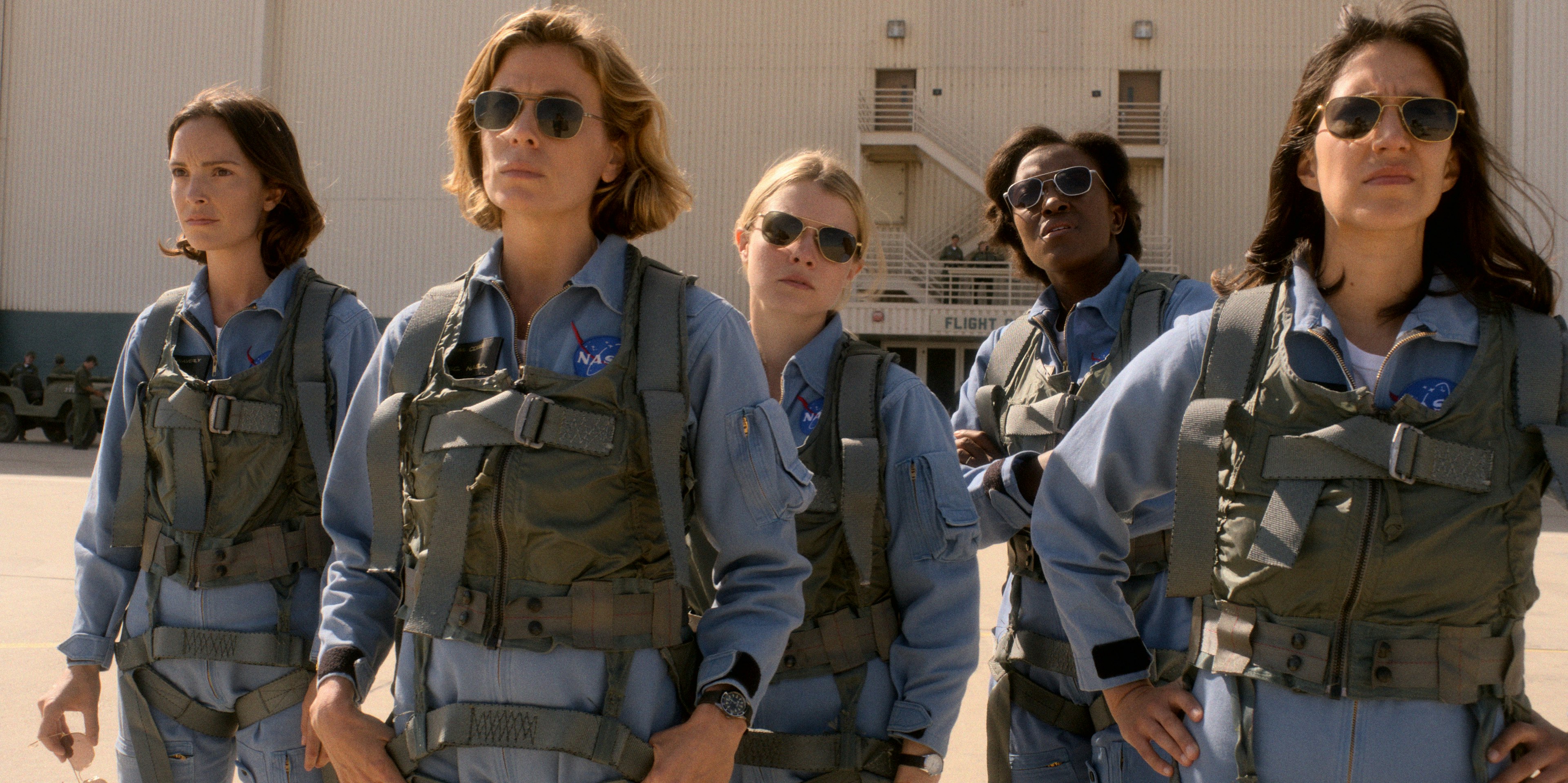
Even for streaming junkies, one of the most tiring elements of contemporary prestige TV is the endless parade of non-linear mystery box shows. An event that occurred before the show begins contains a piece of information withheld from viewers, meaning the present action is only half the reason you’re watching; you’re also waiting around for the elaborate mystery to be explained. Most great fiction tends to hide some details, but the best TV doesn’t need to hook you with breadcrumbs, only compel you with a need to know what happens next.
Since launching on November 1, 2019, Apple TV’s sci-fi drama For All Mankind has been serving up thoughtful and gripping television mostly free of common prestige TV tropes. From the first episode to this year’s Season 4 finale, For All Mankind works because it’s always moving forward through a novel yet realistic world. It remains the best sci-fi show on TV, and it’s shocking that five years have already gone by since its debut.
Mainstream acclaim of For All Mankind took a while to emerge. When it debuted in 2019, promos leaned heavily on its basic premise: what if the Soviet Union had landed on the moon first? In this timeline, the space race never ends. The United States loses the first leg, but as Season 1 unfolds, the goals become bigger and bolder. This leads to all sorts of interesting twists, and an arguably better world emerges. In Season 1, women work for NASA a full decade before they did in reality, and NASA has a functional moonbase by 1973. By the 1990s, there’s a colony on Mars, the world is powered by clean energy, and the space shuttles are really sweet.
It’s understandable, however, that the first episode didn’t immediately convert more viewers. By 2021, Rolling Stone had declared For All Mankind the best show on TV, but in 2019 and 2020, coverage was less pronounced. We can blame that on 2020’s lockdowns, but we can also blame it on lazy viewers who only want to watch sci-fi shows connected to major properties. Today, however, For All Mankind feels more Star Trek-y than most of contemporary Trek (it was co-created by legendary Trek writer Ronald D. Moore). Would For All Mankind have been a bigger hit had it debuted on, say, the CW? Maybe. But it's likely that Apple’s policy of leaving people alone to make their weird TV shows was a boon.
People have told me they struggled to get into For All Mankind because the first episode didn’t grab them. I know what they mean, but if we collectively want to claim that we want more smart sci-fi on TV, then we need to try a little harder. This show is more like a novel than yet another lightweight Marvel series. It expects you to be patient rather than being dazzled by colorful costumes and mediocre jokes.

That said, For All Mankind’s first episode can mislead viewers about its tone. The debut, “Red Moon,” focuses on the angst within NASA after “losing the moon” to the Soviets. Our testosterone-fueled fictional astronauts, Ed Baldwin (Joel Kinnaman) and Gordo Stevens (Michael Dorman), are throwing beer bottles at the wall while Neil Armstrong (Jeff Branson) is trying to pull it together. We learn that Baldwin theoretically could’ve attempted a moon landing back on his Apollo 10 mission, and you might end up thinking that the rest of the show is like this: Ed gets mad about stuff while nerds worry about spaceflight issues.
This assessment would be superficially correct, but it would be like saying The Sopranos is a show about Tony complaining to his therapist. For All Mankind is about astronauts in the pressure cooker of an alternate timeline, but it’s also a show that treats its characters realistically, which allows it to unpack and invert clichés in almost every single episode.
“Red Moon” packs a lot into its runtime, but I think it takes until the end of the third episode for viewers to get hooked. That episode, “Nixon’s Women,” begins with the Soviets beating the Americans again, this time by putting the first woman on the moon. This spurs President Nixon to order NASA to recruit women into the space program. Gordo’s wife, Tracy Stevens (Sarah Jones), is pushed into the limelight, and we’re introduced to several series regulars, including Molly Cobb (Sonya Walger), Danielle Poole (Krys Marshall), and Ellen Waverly (Jodi Balfour), who make the show worth watching.

In real life, women didn’t join NASA’s space program until the 1980s, but For All Mankind gives us a more optimistic and forward-thinking timeline while still plotting things out realistically. “Nixon’s Women” inverts the expectations of lazy genre television, and if you don’t keep watching after the twist at the end, only then can you be sure the show isn’t for you.
Beyond Season 1, For All Mankind becomes a generational epic, with each season jumping into a new decade. The first season advances through the mid-’70s, and the distance it travels from there is dizzying. But in retrospect, what’s refreshing about Season 1 is its complete commitment to its goals. It’s a piece of historical fiction. It’s a believable exploration of racism and sexism. It’s a mediation on how our species could do better. Most importantly, For All Mankind makes you care about its characters. And once you do, you can’t wait to see what happens next.







